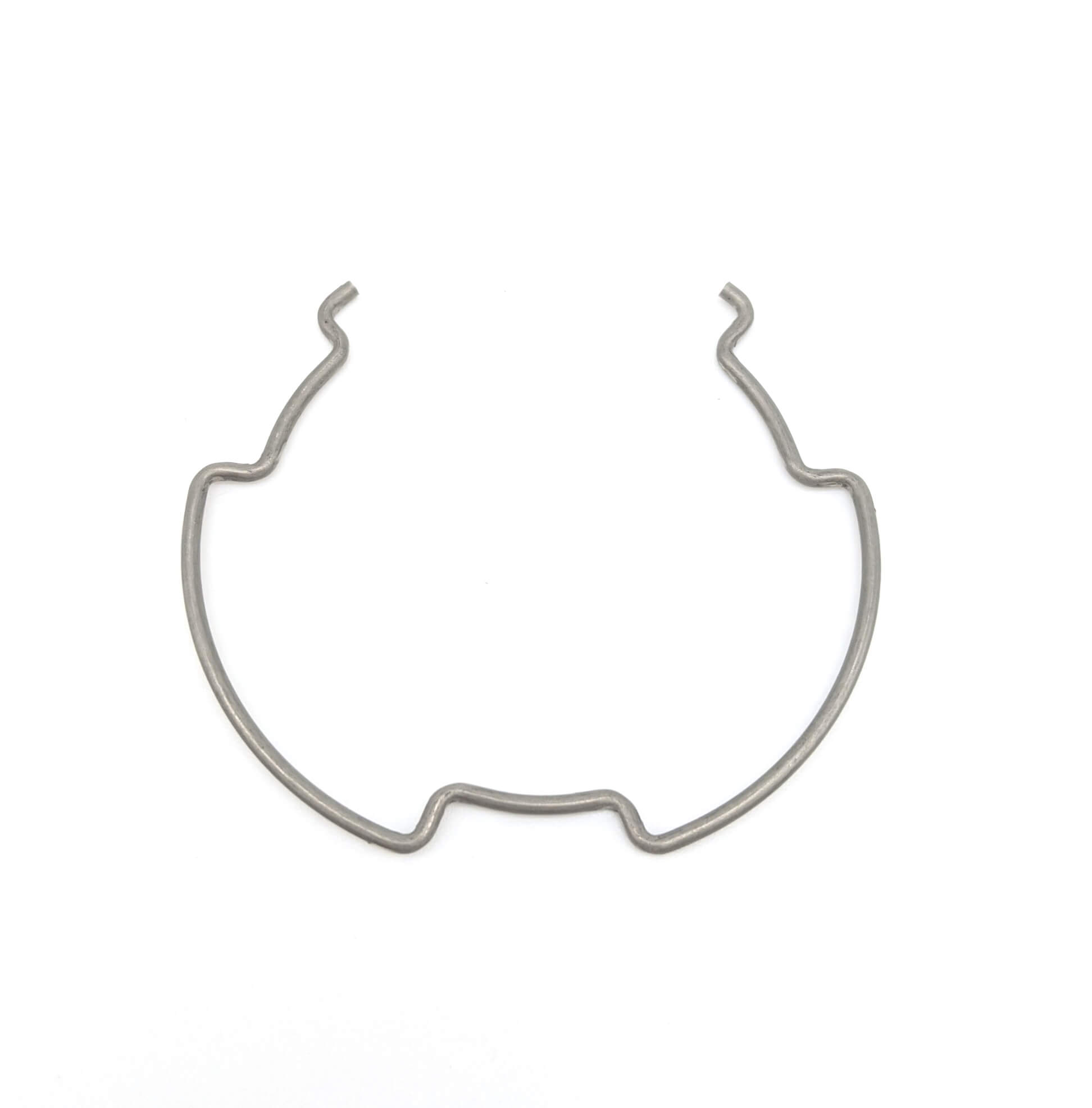Get unique, complex parts easily. No matter your requirements, Chaoyi Spring creates hard-to-produce coil springs and wire forms.
Let us help you create the custom wire form you need, from S-hooks and J-hooks to utility hooks and more.
We work closely with customers across a wide range of industries, helping them design and manufacture made-to-order parts.
Why choose Chaoyi Spring? We prioritize customer-focused collaboration, modern equipment and the latest technology to make your parts per print.
Find the information and guidance you need, from measuring a spring to learning about materials, placing an order and much more.
Garage door tension springs are essential components that counterbalance the weight of the door, making it easier to open and close. Over time, these springs can wear out, lose tension,


Garage door tension springs are essential components that counterbalance the weight of the door, making it easier to open and close. Over time, these springs can wear out, lose tension, or break, leading to a heavy door that is difficult to operate and potentially dangerous. If you find yourself dealing with a faulty garage door spring, attempting a DIY replacement can seem daunting. However, with the right knowledge and precautions, installing garage door tension springs is a manageable task that can save you money and give you a sense of accomplishment. This comprehensive guide will walk you through the steps involved in installing garage door tension springs, equipping you with the necessary information to tackle this project with confidence.

Garage door tension springs are coiled springs that provide the counterbalancing force for your door. They are typically located above the door on either side of the track. When the door is open, the springs are stretched, storing potential energy. As the door is lowered, this energy is released, helping to lift the door and make it easier to operate. There are two main types of garage door tension springs: torsion springs and extension springs.
Torsion springs are thicker and wound around a shaft that runs horizontally above the door. They are typically found on modern garage doors and provide a greater lifting capacity. Extension springs, on the other hand, are thinner and extend along the length of the door. They are commonly found on older garage doors. Regardless of the type, both tension springs play a crucial role in ensuring the safe and smooth operation of your garage door.
Before embarking on any garage door repair work, it is imperative to prioritize safety. Garage door tension springs are under high tension and can be extremely dangerous if not handled properly. Here are some key safety precautions to keep in mind:
Installing garage door tension springs requires patience, precision, and a good understanding of the components involved. Follow these steps carefully:
Here are some helpful tips to ensure a smooth and successful installation of garage door tension springs:
Regular maintenance is key to ensuring the longevity and safe operation of your garage door. In addition to installing new tension springs, consider these maintenance tips:
While DIY garage door tension spring installation is possible, it is not recommended for everyone. If you are uncomfortable with the task, have limited experience with tools and machinery, or are dealing with a complex situation, it is best to call a qualified garage door technician. Professional technicians have the experience, tools, and expertise to handle any garage door repair or installation safely and efficiently.
Installing garage door tension springs is a challenging but rewarding DIY project. By following the steps outlined in this guide and adhering to safety precautions, you can confidently replace your worn-out springs and restore your garage door to its optimal performance. Remember, safety comes first, and if you have any doubts, seek professional assistance. By taking the time to understand the process and implement proper safety measures, you can tackle this project with confidence and enjoy the benefits of a smoothly operating garage door for years to come.
Owning a garage door is a significant investment, and maintaining it properly ensures its longevity and safe operation. Installing garage door tension springs is a common repair that can be handled by homeowners with the right knowledge and precautions. By following the steps and safety guidelines outlined in this guide, you can confidently replace your worn-out springs and restore your garage door to its peak performance. Remember, safety is paramount, and if you have any doubts, seeking professional assistance is always the best course of action. With the right approach and a little DIY spirit, you can keep your garage door operating smoothly for years to come.
Browse some of the custom wire forms and springs that we manufacture. Don’t see what you need? We specialize in made-to-order products that meet your application requirements.
Visit Our GalleryNeed a custom wire form or coil spring? We make it work. Fill out the contact form and a representative will respond within 1 business day. If you have a PDF or CAD file, you can submit to request a quote.